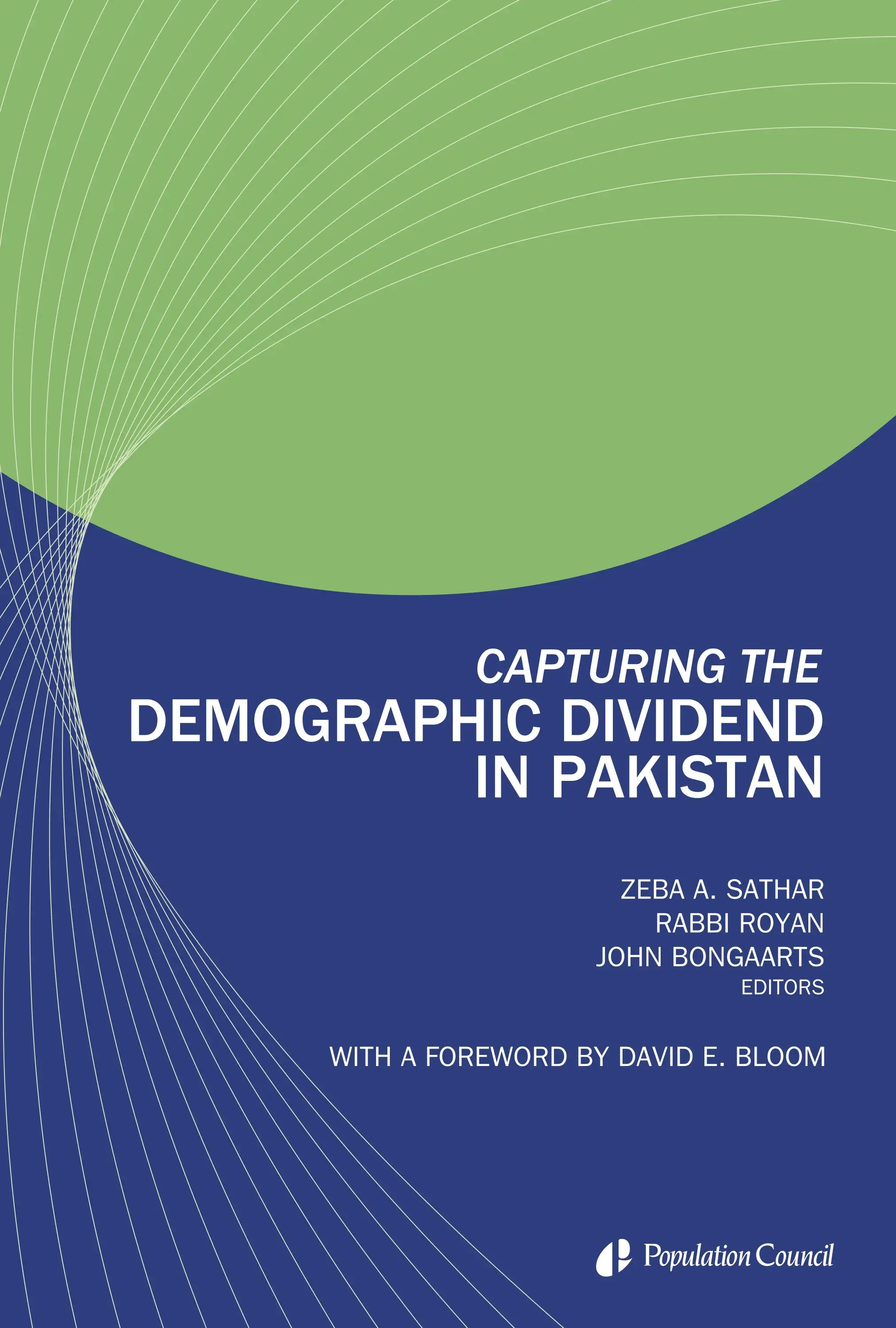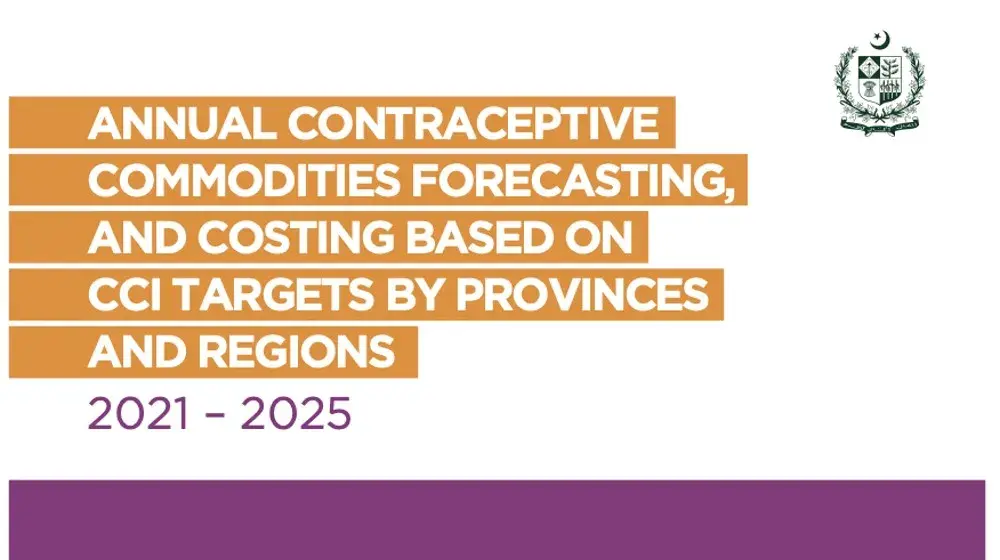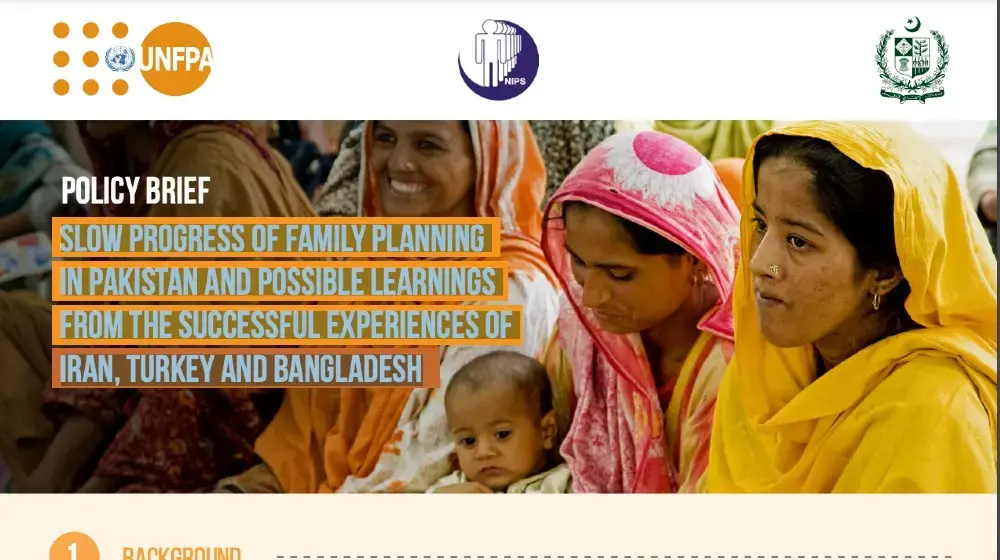There is widespread concern that rapid population growth in Pakistan – much faster than in the rest of South Asia – is impeding Pakistan’s economic development. Indeed, it is diffcult to grasp the reality that Pakistan is on course to have as many as 120 million more people in 2050 than it does now, which would bring its population to 300 million.
Population dynamics matter a lot, and we are deepening our understanding of why. At this point, it is absolutely clear that the pattern and pace of demographic change in Pakistan in the coming decades have the potential to mightily affect the country’s macroeconomic performance.
The current rapid rate of population growth in Pakistan is imposing a crushing burden of youth dependency on the economy. Countries like Pakistan, where fertility is declining relatively slowly, are confronting a situation in which large numbers of young people are seeking “good jobs”, but they are not nding them. As these young people enter the prime working-age years, one challenge Pakistan and other countries face is taking action to ensure that swelling cohorts of working-age people are productively employed, so that their numbers may be translated into economic bene ts for the country as a whole.
The fact that economic growth can be spurred by demographic change matters because policymakers have many interventions at hand to catalyze and accelerate the requisite changes and to capture the potential economic bene ts that follow. The relevant options vary according to the stage to which a country has progressed with respect to the demographic transition.
This book brings together many ideas that have been discussed for some time in Pakistan and around the world. The compelling path forward it lays out, which entails extensive development of education and major efforts in the reproductive health arena, offers an inviting and highly achievable means for shaping and harnessing Pakistan’s growing population in a way that promotes inclusive economic development. As such, this book can be considered part of a blueprint for development in Pakistan.
This book hopes to clarify the issues at stake and that the people and policymakers of Pakistan will join together in bringing about the changes needed to move all of the country’s citizens toward greater prosperity. By giving voice to people who have extensive experience in the population and development arenas, it opens up the possibility that these ideas may nally gain serious traction in Pakistan.





